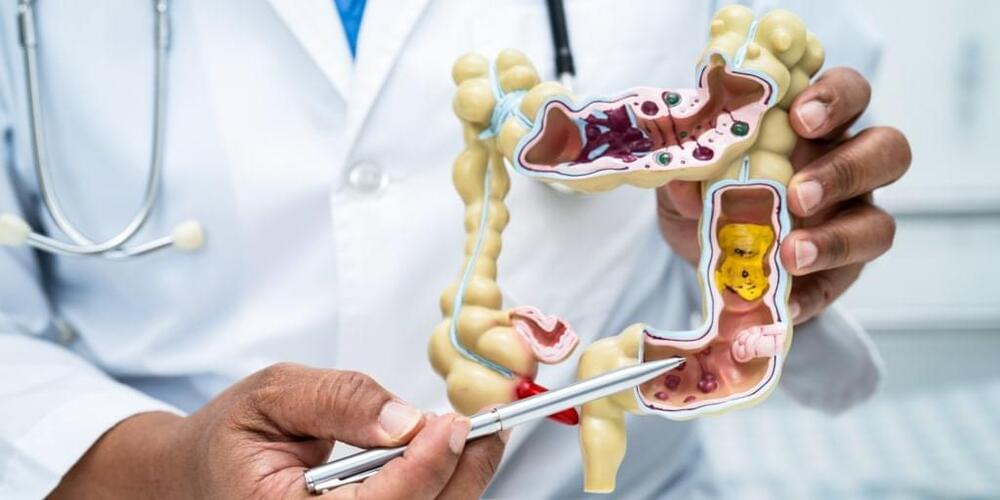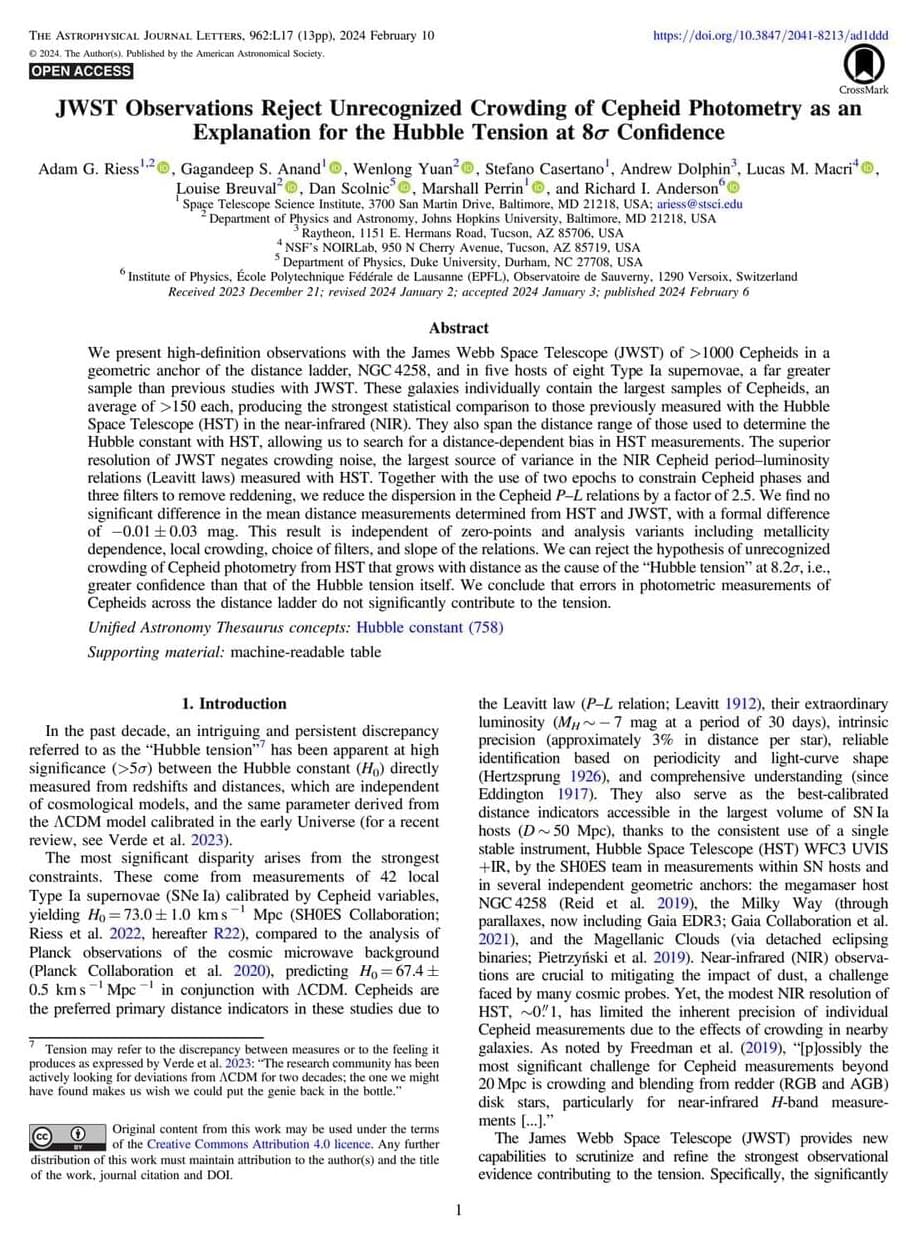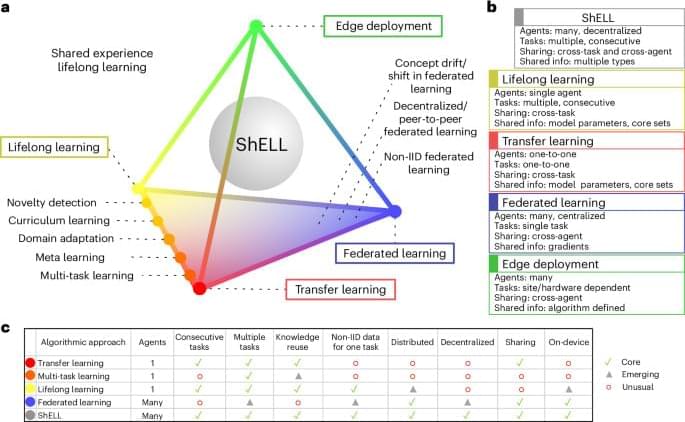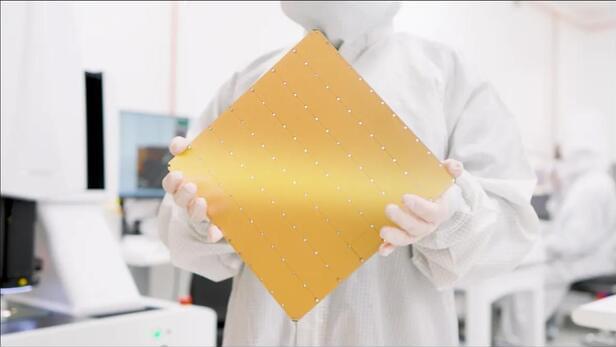Scientists discovered that a common type of bacteria has two distinct subspecies. One of them shields tumor cells from cancer treatment.



Tesla continues to make progress on its upcoming diner, drive-in theater and Supercharger in Los Angeles, with recent drone footage showing new water runoff infrastructure, preparations for stucco installation on the first-floor walls, and seemingly, materials for the start of some interior construction.
In a drone video update shared by YouTube channel 247Tesla on Sunday, you can see new stacks of sheetrock both inside and outside of entrances to the Tesla diner building, as construction prepares to begin focus on interiors. The video also shows a new rectangular area dug roughly five feet deep into the ground, which the video’s host says will likely be used to control water runoff.
In addition, you can see shots of the site’s power shed, though it doesn’t include transformers or batteries as of yet. The diner building’s walls surrounding the first-floor structure have also now been covered with a waterproofing sealer, the host notes, which is usually installed prior to stucco being applied.




An emerging research area in AI is developing multi-agent capabilities with collections of interacting AI systems. Andrea Soltoggio and colleagues develop a vision for combining such approaches with current edge computing technology and lifelong learning advances. The envisioned network of AI agents could quickly learn new tasks in open-ended applications, with individual AI agents independently learning and contributing to and benefiting from collective knowledge.

A recent study published in Nature reveals a potential link between a type of bacteria associated with dental plaque and treatment-resistant colorectal cancer. The Gram-negative, anaerobic bacterium, Fusobacterium nucleatum, was found in 50% of tumors tested, suggesting it may protect tumor cells from cancer-fighting drugs. This discovery opens avenues for new treatments and screening methods. Colorectal cancer, a leading cause of cancer deaths in the United States, is increasingly affecting younger demographics, with cases doubling among those younger than age 55 between 1995 and 2019. While the study doesn’t directly tie the bacterium to this trend, its implications raise questions about its role in rising cases among younger individuals. F. nucleatum has been suspected in colorectal cancer growth. It possesses two subspecies, one of which is capable of evading immune response and promoting tumor formation. These findings suggest a potential mechanism for its journey from the oral cavity to the colon, defying stomach acid’s toxic effects. Future research may explore developing antibiotics targeting specific bacterial subtypes or using genetically modified bacteria for targeted drug delivery into tumors. Understanding the microbiome’s role in cancer risk represents a crucial frontier in cancer research. Click here to read more.

Year 2010 😗😁
The world has waited with bated breath for three decades, and now finally a group of academics, engineers, and math geeks has discovered the number that explains life, the universe, and everything. That number is 20, and it’s the maximum number of moves it takes to solve a Rubik’s Cube.
Known as God’s Number, the magic number required about 35 CPU-years and a good deal of man-hours to solve. Why? Because there’s-1 possible positions of the cube, and the computer algorithm that finally cracked God’s Algorithm had to solve them all. (The terms God’s Number/Algorithm are derived from the fact that if God was solving a Cube, he/she/it would do it in the most efficient way possible. The Creator did not endorse this study, and could not be reached for comment.)
A full breakdown of the history of God’s Number as well as a full breakdown of the math is available here, but summarily the team broke the possible positions down into sets, then drastically cut the number of possible positions they had to solve for through symmetry (if you scramble a Cube randomly and then turn it upside down, you haven’t changed the solution).

OpenAI has apparently been demonstrating GPT-5, the next generation of its notorious large language model (LLM), to prospective buyers — and they’re very impressed with the merchandise.
“It’s really good, like materially better,” one CEO told Business Insider of the LLM. That same CEO added that in the demo he previewed, OpenAI tailored use cases and data modeling unique to his firm — and teased previously unseen capabilities as well.
According to BI, OpenAI is looking at a summer launch — though its sources say it’s still being trained and in need of “red-teaming,” the tech industry term for hiring hackers to try to exploit one’s wares.